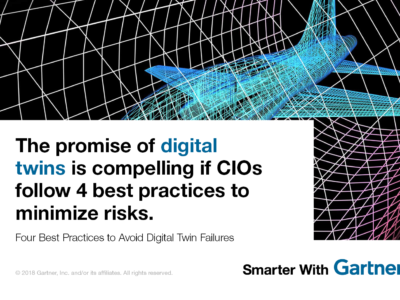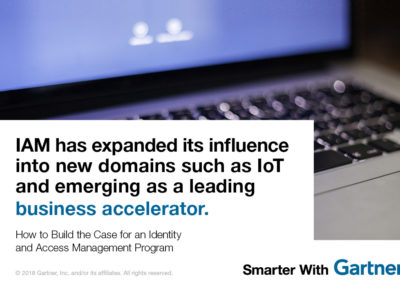Mobile is no longer a differentiating technology, but there are still many opportunities for innovation.
What’s exciting in the world of mobile? It’s not the devices anymore.
According to Gartner forecasts, mobile device shipment growth will remain flat over the next five years and the traditional notebook market is declining, with many of the traditional uses for a notebook taken over by ultramobiles. Meanwhile, the market for wearables is growing strongly, beyond early adopters.
Speaking at Gartner Symposium/ITxpo 2016 in Goa, India this week, Nick Jones, vice president and distinguished analyst at Gartner, said CIOs must master two different dimensions of mobility: they need to excel at mainstream mobility and innovate in the post-app era.
Mobile will come to mean ubiquity of relevant services, delivered anywhere, by any person or thing, to any person or thing.
“Mobile has always been about finding new ways to do old things,” Mr. Jones said. “Simply putting an existing paper form on a tablet isn’t a great use of mobile technology. It’s about changing business processes and finding new ways to attack old problems.”
In 5 to 10 years the definition of the term “mobile” will change. Instead of devices, mobile will come to mean ubiquity of relevant services, delivered anywhere, by any person or thing, to any person or thing.
Opportunities for innovation
Wearables are being applied in interesting ways in business, for example, hand-free warehouse picking using smart glasses. Bots, chatbots and virtual personal assistants (VPAs) will provide new ways of performing business functions. Humans will no longer be the only ones interacting with mobile apps and devices, as the Internet of Things (IoT) and mobility collide.
Mr. Jones highlighted three main areas where he sees opportunity to exploit mobile innovation in the enterprise.
1. Location sensing
“There are more than 20 technologies for tracking wireless objects indoors and many interesting ways to apply these technologies,” Mr. Jones said.
For example, Bluetooth beacons are being deployed on railway stations in the new MTR Crossrail network to help inform and track staff and locate equipment.
In manufacturing microlocation can inform a wrench precisely which bolt it’s attached to on an engine so it can program the torque setting automatically eliminating the risk of human error.
2. Sensors + mobile apps
The combination of the IoT and mobile apps opens up many new possibilities for workplace automation. Mr. Jones encouraged CIOs to think about the potential in their own workplace.
“What data could sensors generate that could be combined with mobile apps to allow your staff to be more efficient and enjoy their work more? Try bringing your IoT and your mobility strategies closer together and see what ideas emerge,” Mr. Jones said.
Work orders could be generated by sensors. For example, sensors on facilities such as restroom doors, waste paper baskets and replenishable consumable cupboards could be set to know when they need cleaning, refilling or maintenance and alert the appropriate staff or supplier.
3. Enterprise VPAs
Aside from the well-known consumer VPAs like Cortana and Alexa, there are VPAs optimized for enterprise use, such as Openstream EVA.
VPAs could automate a lot of mundane tasks and simplify others. For example, instead of filling in a purchasing form on your PC or phone to process an invoice, imagine just saying, “OK, pay it” to a VPA.
“Look for innovation opportunities enabled by mobile technologies in both the employee and consumer-facing parts of your business,” Mr. Jones said. “Pilot wearables and VPAs for selected job roles. Think about what you could do using these technologies to make life easier for your staff and your customers.”
Get Smarter
Gartner Symposium/ITxpo
Learn more about CIO leadership and how to drive digital innovation to the core of your business at Gartner Symposium/ITxpo 2016. Follow news and updates from the events on Twitter using #GartnerSYM.










